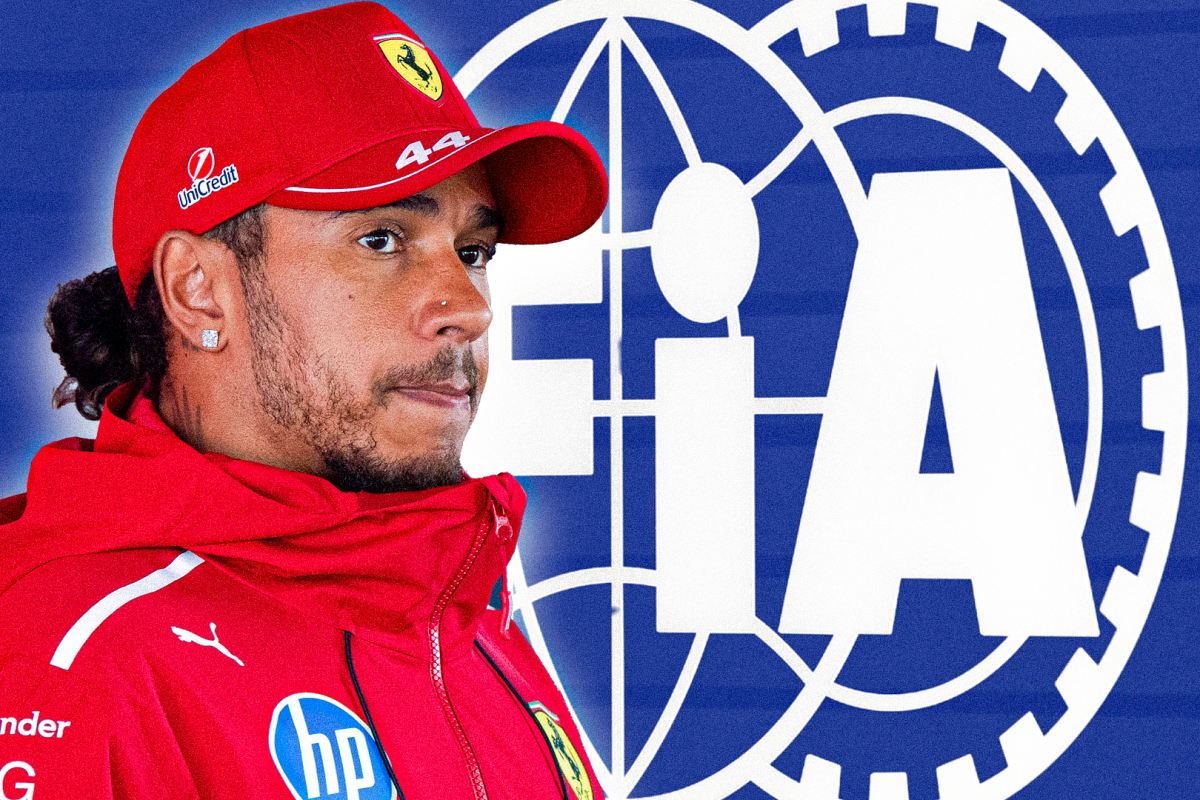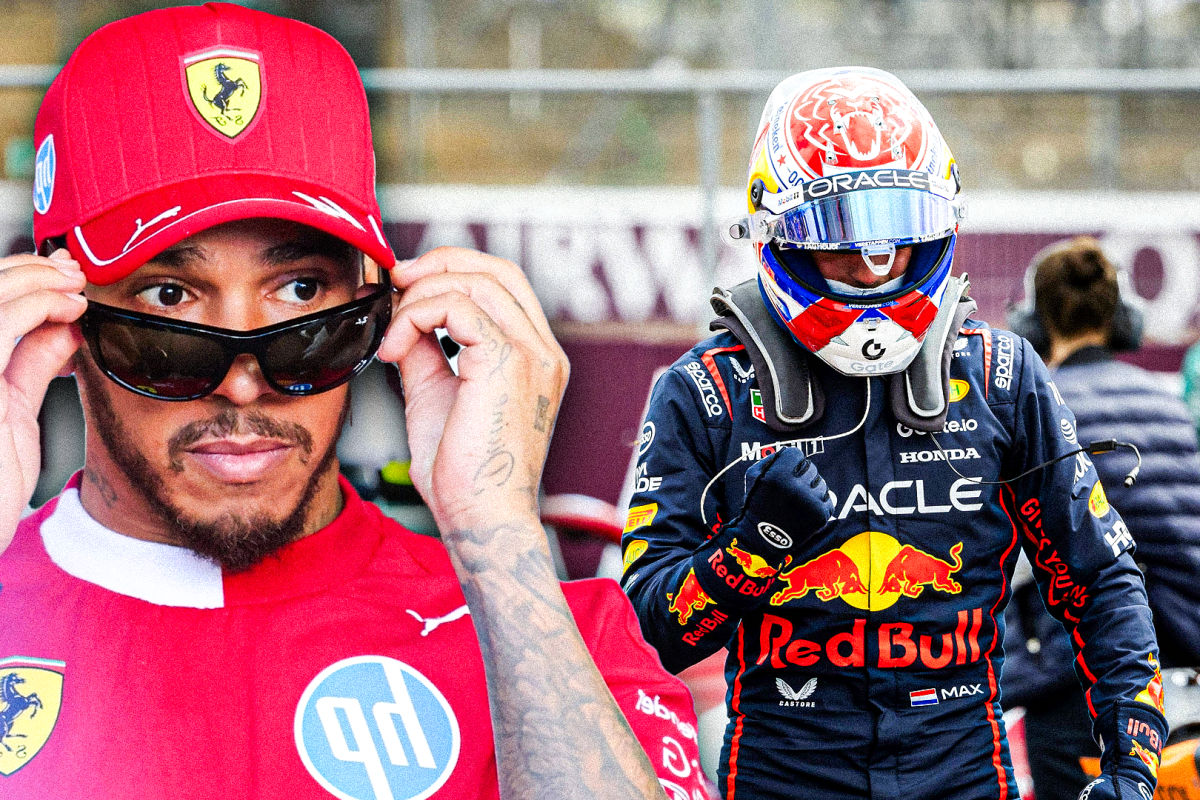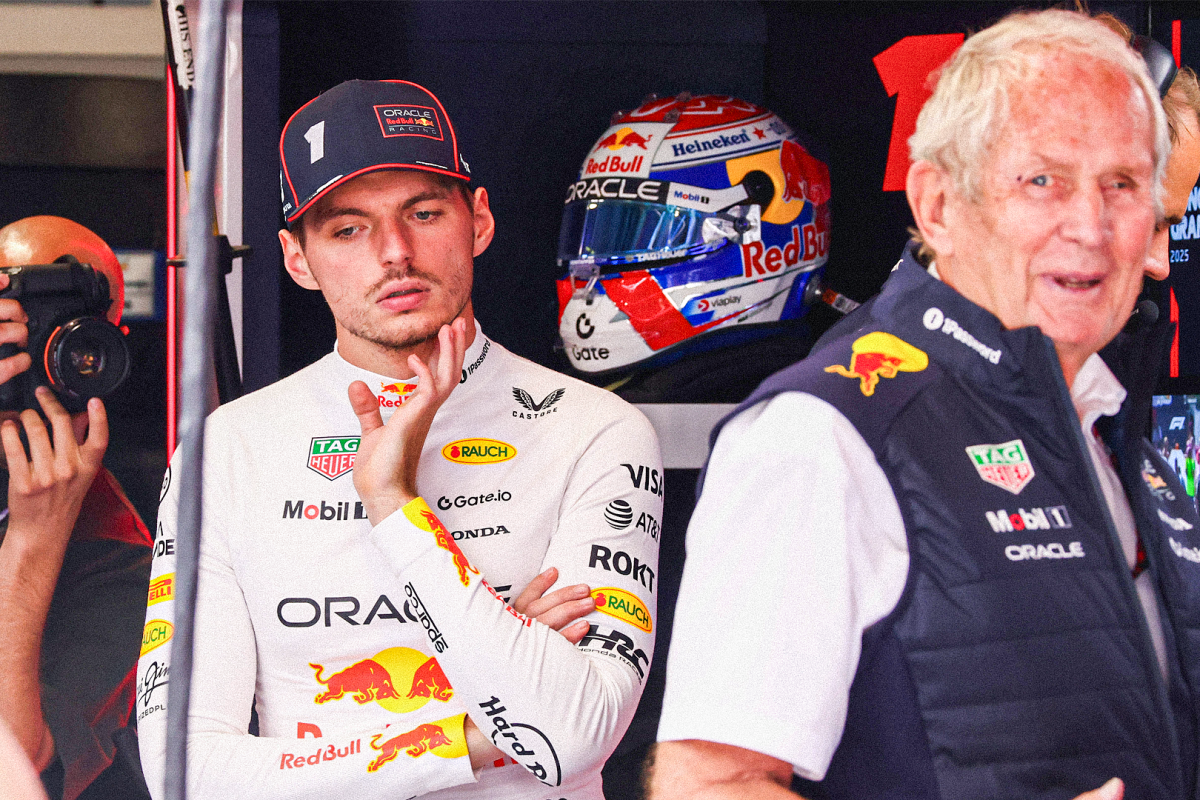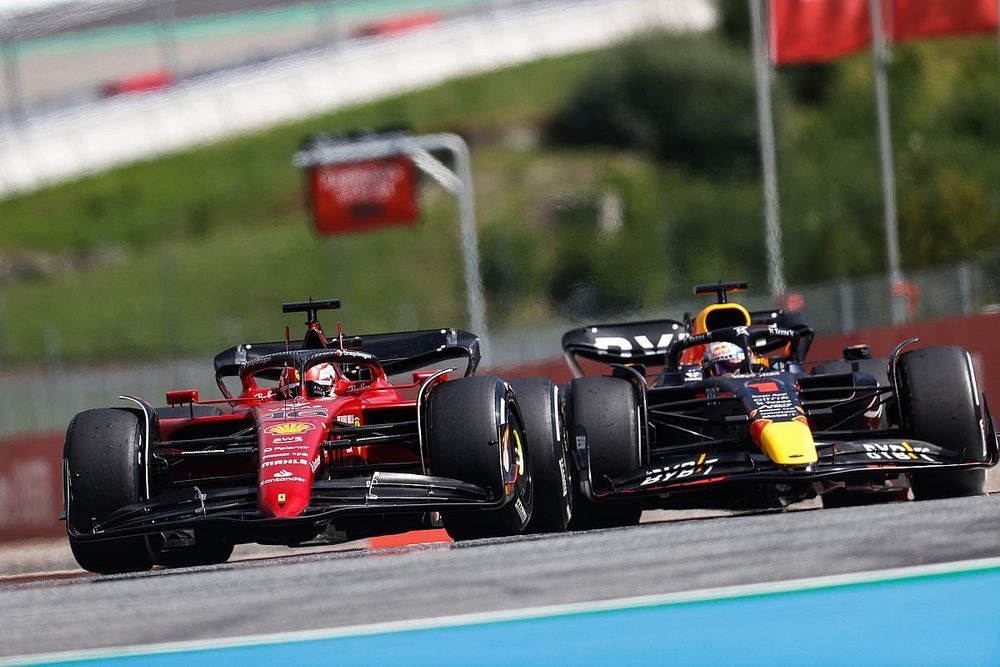Charles Leclerc issues ‘bite’ caution around R… read more
The air crackled with unspoken tension at the pre-season press conference, the palpable energy a stark contrast to the polished smiles. Charles Leclerc, fresh from a season of podiums and relentless pursuit, let slip a warning directed squarely at the formidable Roscoe Hamilton, a new addition to the Formula One grid.
The comments, seemingly innocuous at first, quickly spiraled into a media storm, sparking debate and speculation about the upcoming season. Leclerc’s words, while intended to convey his commitment to fair play, resonated with the underlying competitive spirit that fuels the sport. He alluded to a “bite” in the metaphorical sense, emphasizing his determination to maximize his performance, a sentiment that resonated with both veteran and newcomer drivers alike.
The underlying narrative is complex. Roscoe Hamilton, a rising star with a reputation for aggressive driving tactics honed in lower-tier racing series, has already generated considerable buzz. His aggressive style, coupled with his determined push for consistent results, paints a picture of a driver who will not back down from a challenge. While some see this as a positive characteristic—a driver driven by ambition—others view it with apprehension.
Leclerc’s cautionary tone, however, is not an outright condemnation. Rather, it’s a clear indication of his own intent. He’s signaling his preparedness to engage in robust competition, a hallmark of the sport. He’s acknowledging the potential for friction, but he isn’t necessarily pre-emptively casting blame. Instead, he seems to be setting a boundary: “aggressive” will be acceptable, but only within the confines of fair play.
The nuanced implication is significant. Leclerc, a driver known for his measured approach, is acknowledging the possibility of Hamilton’s aggressive tactics but emphasizing that these tactics should not compromise the integrity of the race. His statement hints at a proactive approach: He intends to challenge Hamilton, but not to engage in reckless behavior. This places a heavy responsibility on Hamilton to reciprocate with a similar level of respect and sportsmanship.
The press conference itself offered a microcosm of the tension. Leclerc, articulate and composed, spoke of the importance of respecting the boundaries of the track. He alluded to the potential for “incidents” if Hamilton pushes the limits of what is considered acceptable racing protocol. This subtle acknowledgment of the possible repercussions speaks volumes about the pressure cooker environment of Formula One.
The narrative extends beyond the immediate encounter between Leclerc and Hamilton. It touches upon the wider dynamics of the sport. The increasing competitiveness on the grid, fueled by the influx of new talent and the desire for glory, is undoubtedly a catalyst for potential tensions. The past has witnessed numerous encounters where drivers, driven by the intense pressure of a race, have crossed the line.
This recent exchange raises a critical question: how can Formula One maintain its image as a pinnacle of motorsport while simultaneously encouraging the competitive spirit? The governing bodies must establish clear and consistently enforced rules to ensure that the focus remains on driving skill and strategy rather than reckless maneuvers.
The role of team management is also crucial. Teams play a critical part in shaping the behaviour of their drivers. A team’s approach to strategy and coaching, and its response to incidents during races, can either escalate or defuse tensions.
The scrutiny extends to the media’s role as well. The way incidents are reported and analyzed can significantly influence the perception of drivers and the sport as a whole. Objective reporting, coupled with a balanced perspective, is vital to avoiding the exacerbation of any potential conflict.
This incident underscores the inherent tension between ambition and sportsmanship in Formula One. Leclerc’s subtle warning is not a direct attack but rather a call for mutual respect and adherence to the principles of fair play. The anticipation for the upcoming season has dramatically increased with this tension, making it the focal point of interest for many.
Ultimately, the upcoming season will be a critical test. The performance of both Leclerc and Hamilton, along with the decisions made by teams and the governing bodies, will determine whether this brief exchange will escalate into significant conflict or remain a footnote in the annals of Formula One history. It sets the stage for a season where the lines between ambition and aggression will be constantly tested. The outcome will be closely observed, not only by fans but also by the wider sporting community, eager to see how these two titans of the track will navigate the complexities of the circuit.




